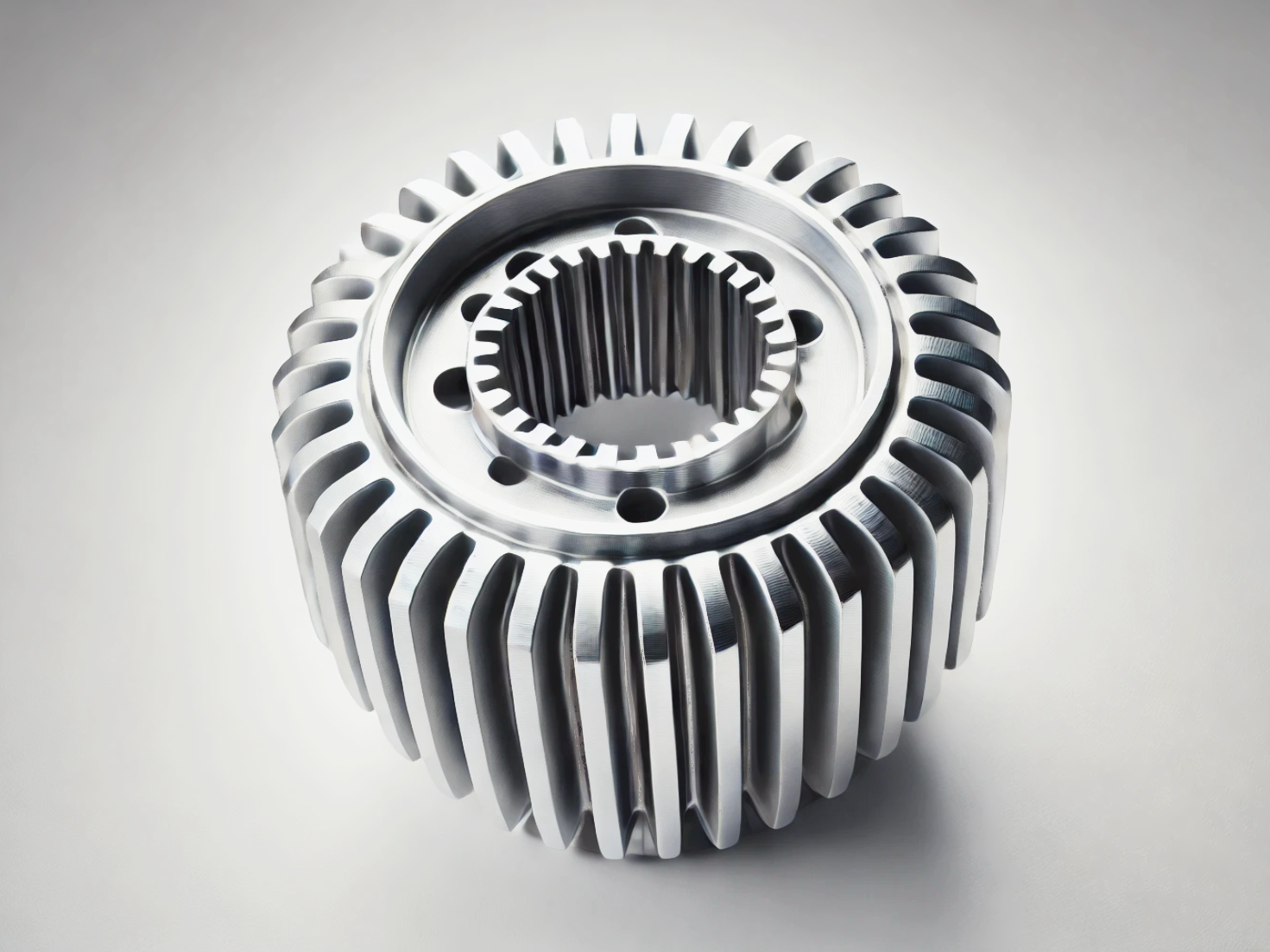High-Performance Stainless Steel 3D Printing Wear-Resistant Gears for Automotive Transmissions
Introduction
High-performance stainless steel 3D printing offers a cutting-edge solution for producing wear-resistant gears used in demanding automotive transmission systems. By leveraging advanced metal 3D printing technologies like Selective Laser Melting (SLM) and Direct Metal Laser Sintering (DMLS), high-grade stainless steels such as SUS15-5PH and SUS420 achieve outstanding wear resistance, strength, and dimensional precision.
Compared to conventional forging and machining, stainless steel 3D printing for automotive gears enables faster production, complex optimization of tooth profiles, and material usage reduction, delivering enhanced gear durability and transmission efficiency.
Applicable Material Matrix
Material | Ultimate Tensile Strength (MPa) | Yield Strength (MPa) | Hardness (HV) | Wear Resistance | Automotive Suitability |
|---|---|---|---|---|---|
1000 | 880 | ~380 HV | Excellent | High-stress gears | |
700 | 500 | ~550 HV (after hardening) | Excellent | Wear-resistant gears | |
1100 | 1000 | ~370 HV | Very Good | High-load transmission parts | |
650 | 450 | ~400 HV | Good | Moderate wear parts | |
520 | 220 | ~170 HV | Moderate | Low-stress gear housings | |
SUS316L | 570 | 485 | ~190 HV | Moderate | Transmission casing parts |
Material Selection Guide
SUS15-5PH: Offers ultimate tensile strength of 1000 MPa and yield strength of 880 MPa, making it ideal for high-stress, precision transmission gears that demand fatigue resistance and toughness under dynamic loading.
SUS420: Achieves surface hardness up to ~550 HV after heat treatment, providing outstanding wear resistance critical for gear teeth in high-friction automotive transmission systems.
SUS630/17-4PH: Combines high strength (up to 1100 MPa tensile) with good corrosion and wear resistance, suited for gears operating under heavy torque and cyclic loading.
SUS410: Suitable for moderate-load gears with improved wear resistance, achieving hardness values around ~400 HV after hardening.
SUS304L: Best for lightweight gear housings and non-critical structural components, offering good formability and corrosion resistance but moderate wear properties.
SUS316L: Applied in transmission casings and structural brackets, providing high corrosion resistance with moderate mechanical strength suitable for supportive functions.
Process Performance Matrix
Attribute | Stainless Steel 3D Printing Performance |
|---|---|
Dimensional Accuracy | ±0.05 mm |
Density | >99.5% Theoretical Density |
Layer Thickness | 20–60 μm |
Surface Roughness (As-Printed) | Ra 5–15 μm |
Minimum Feature Size | 0.3–0.5 mm |
Process Selection Guide
Optimized Gear Tooth Design: 3D printing allows the creation of optimized involute gear profiles and hollow lightweight structures to improve strength-to-weight ratios.
Superior Surface Hardness: Stainless steel materials like SUS420 can be heat-treated post-printing to achieve high hardness and outstanding wear performance for extended service life.
Fatigue and Impact Resistance: Precipitation-hardened stainless steels like SUS15-5PH and 17-4PH maintain mechanical integrity under high cyclic loading conditions typical in modern high-speed transmissions.
Rapid Prototyping and Production: 3D printing enables fast iteration of gear designs, reducing lead times by up to 60% compared to conventional machining.
Case In-Depth Analysis: SUS420 3D Printed High-Wear Transmission Gears
An automotive transmission supplier required compact, high-wear gears for an electric vehicle two-speed transmission system. Utilizing our stainless steel 3D printing service with SUS420, we manufactured gears with surface hardness exceeding 550 HV after heat treatment, dimensional accuracy within ±0.05 mm, and full internal lattice structures for weight reduction. The resulting gears exhibited 40% longer wear life than traditional machined gears and improved energy efficiency through weight optimization. Post-processing included HIP treatment and fine CNC machining for surface precision and tooth finish.
Industry Applications
Automotive and Motorsports
High-performance transmission gears and shafts.
Electric vehicle multi-speed gearboxes.
Custom torque transfer components for motorsport vehicles.
Industrial Machinery
High-load precision gear sets for robotics and automation.
Compact mechanical drives for industrial applications.
Energy and Power
Gearboxes for wind turbines and high-reliability energy systems.
Mainstream 3D Printing Technology Types for Stainless Steel Automotive Gears
Selective Laser Melting (SLM): High-density, fine-detailed gear profiles and hardened transmission components.
Direct Metal Laser Sintering (DMLS): Ideal for complex, wear-resistant stainless steel gears requiring tight dimensional tolerances.
Binder Jetting: Suitable for cost-effective batch production of non-critical stainless steel gear components.
FAQs
Which stainless steel grades are best suited for 3D printed automotive transmission gears?
How does stainless steel 3D printing improve gear wear resistance and service life?
What post-processing is required for achieving high surface hardness in 3D printed gears?
Can 3D printed stainless steel gears match the strength of forged gears?
What is the advantage of lightweight gear designs enabled by 3D printing?

